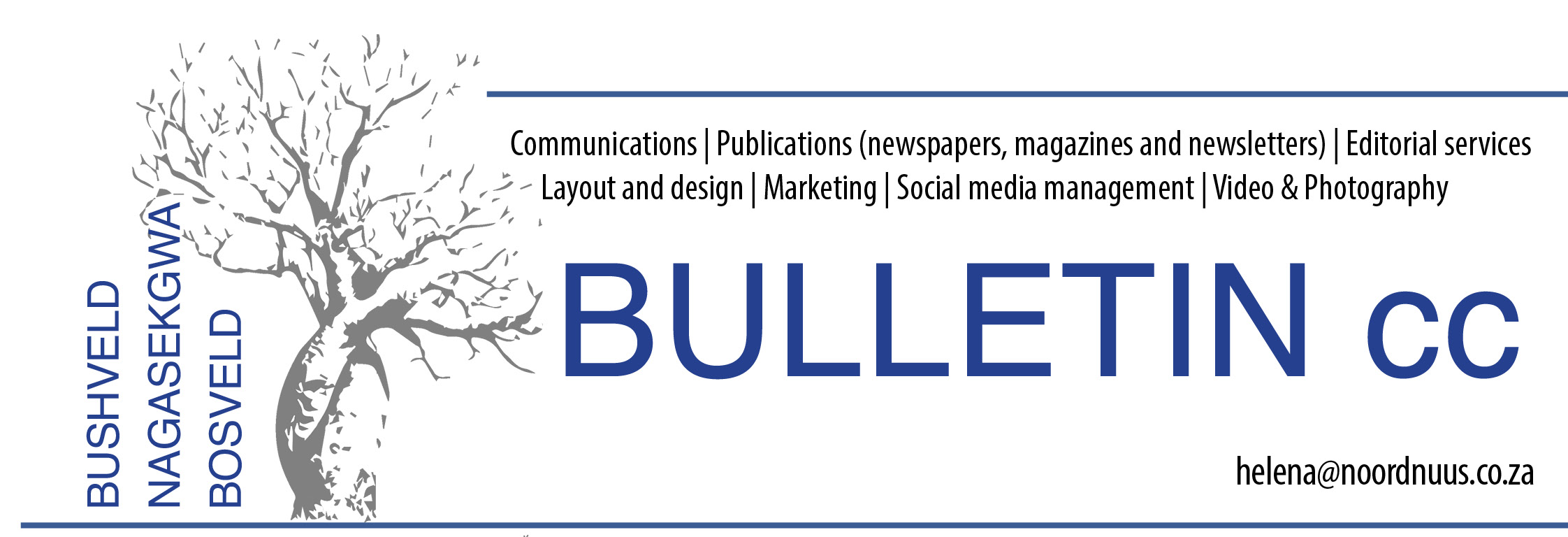Radiologists specialising in mammography in Mokopane
She runs a practice that offers imaging in a discreet and caring environment. Working with her is Kerry Marais, who has been a dedicated mammographer (Breast Radiographer) for 13 years.
Their practice is focused on women’s wellness, with a special interest in breast care.
All patients are educated regarding general health, breast health and breast care.
Studies show that mammograms can detect changes three to five years before a lump is felt by an experienced doctor. Early detection provides women with better treatment options, less radical surgery and better outcomes.Anyone with any questions regarding breast cancer and mammography are encouraged to email Dr Jhetam on email: xray@silverferngroup.co.za.
Women are looking at ways to detect breast cancer early and optimise treatment. The Radiological Society of South Africa (RSSA) stresses the importance of mammograms and how regular mammograms and breast examination can possibly save your life.
“Early diagnosis gives the cancer patient a higher chance of complete cure and less extensive surgery. Early detection is a critically important factor in winning the battle against breast cancer,” explains Dr. Sheldon Godinho, president of RSSA.
Statistics show that 1 in 9 SA women will be diagnosed with breast cancer in their lifetime. Breast cancer is the most common cancer in SA women, constituting more than 50% of all cancer diagnoses.
Mammography reported by radiologists is the foundation of early detection of breast cancer. Mammography and breast MRI are the only recognised imaging screening tools for breast cancer and multinational, multicentre trials have demonstrated a reduction in the death rate from breast cancer in women regularly screened by mammography, due to the early detection of breast cancer. Mammography is the mainstay examination, breast MRI is used in special circumstances.
Modern mammography is done with a very small radiation dose and there is no evidence to suggest that mammography itself can produce breast cancer or that the radiation presents any danger to any other part of the body or the thyroid gland.
“We encourage all women to start regular mammography from the age of 40, regardless of whether they have symptoms or have an abnormality – preventative care is the key objective. We encourage all women to regularly check their breasts for any irregularities and have a clinical breast examination by a GP or gynecologist at least once a year. If you notice any abnormality in your breasts regardless of your age, it is essential that you consult a medical professional. Many lumps are harmless but all of them must be checked,” adds Dr. Godinho.
The mammogram is the first imaging method for screening when there are no lumps or symptoms or to provide further information if a lump or abnormality is detected. Mammography is often followed by ultrasound in both screening and symptomatic examinations. “The radiologist’s aim is to detect breast cancer before any of these signs appear. This is why we encourage the SA women to have regular mammograms to ensure that if there are any malignant cells, they are caught early and can be treated appropriately.”
Who is at risk?
There are certain factors that would put women in a higher risk category. These include:
• Age - The risk of developing breast cancer increases as you get older. Cancers are often found in women age 55 or older.
• Family history - Breast cancer risk is much higher among women whose close blood relatives have this disease.
• Dense breast tissue - Women with denser breast tissue (as seen on a mammogram) have more glandular tissue and less fatty tissue, and have a higher risk of breast cancer.
• Overweight or obese women – being overweight increases the risk.
• Lifestyle factors – excessive alcohol use, little physical activity, smoking and diets high in saturated fats increase the risk of cancer.
The RSSA recommends that women aged 40-50 years should have a mammogram every 1-2 years. Women between 50 and 75 should have annual mammography. Women at high risk, usually due to a history of breast cancer in a close family relative, should have annual mammograms and MRI starting at an age five years before the age their family member was diagnosed with breast cancer. High risk is defined as a lifetime risk greater than 15%.
In support of Breast Health Awareness Month, the RSSA is highlighting the benefits of good breast health and promoting breast imaging for detecting breast cancer in its early stages. All participating members of the RSSA are offering a 10% discount on mammograms, not paid for by medical aid schemes, for October and first half of November.

Dr Kulsum Jhetam has over 10 years of experience in Breast Imaging, and is located centrally at 124 Thabo Mbeki Drive. She runs a practice that offers imaging in a discreet and caring environment. Working with her is Kerry Marais, who has been a dedicated mammographer (Breast Radiographer) for 13 years.













0 Comments